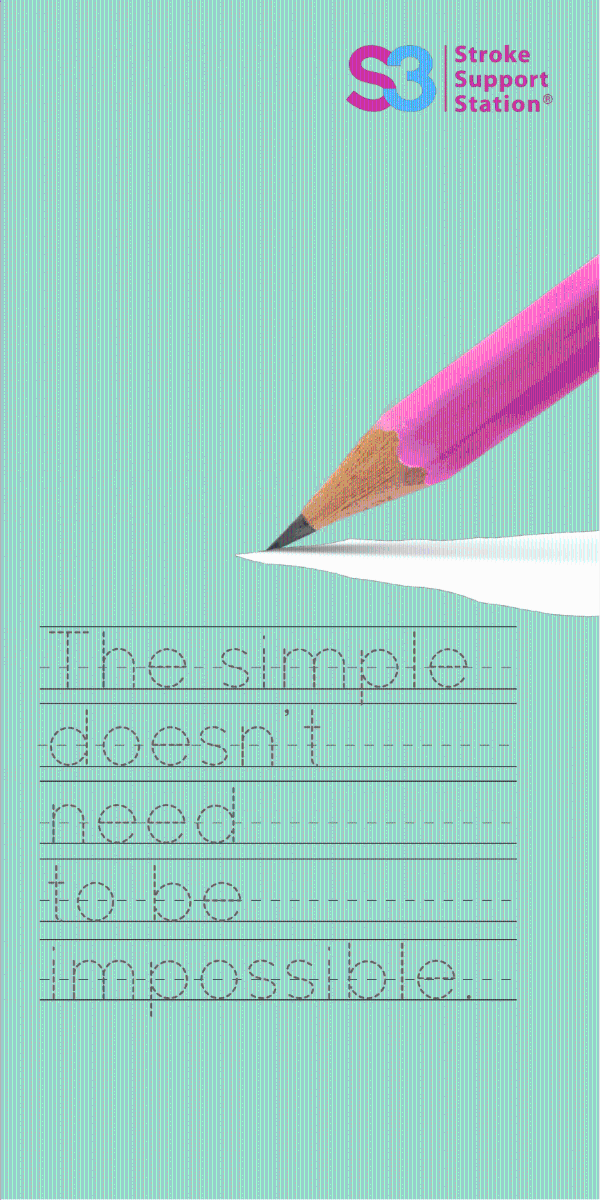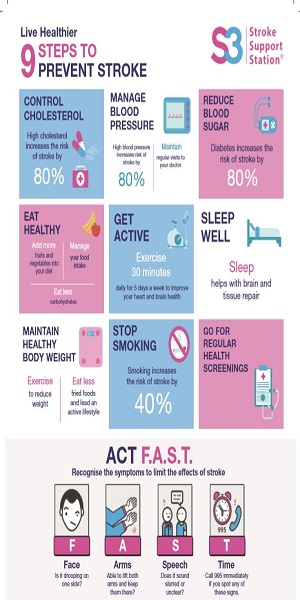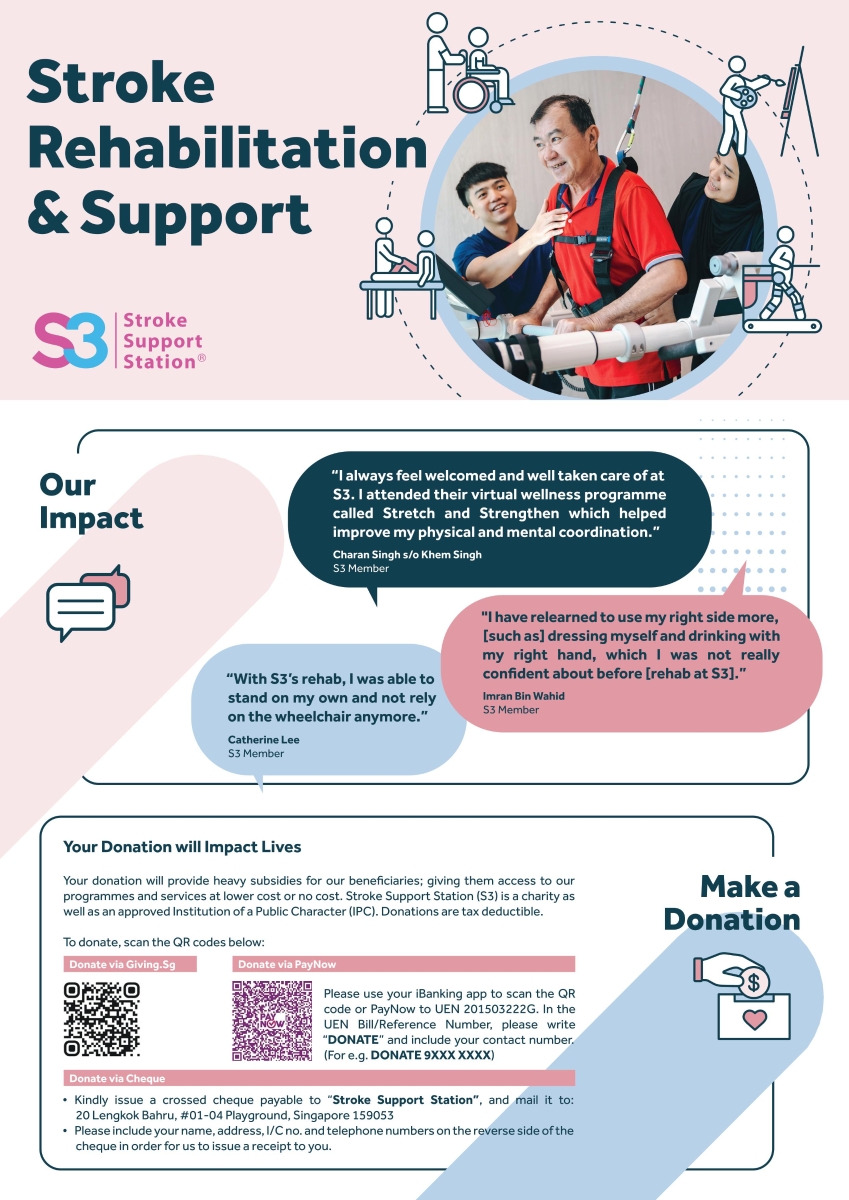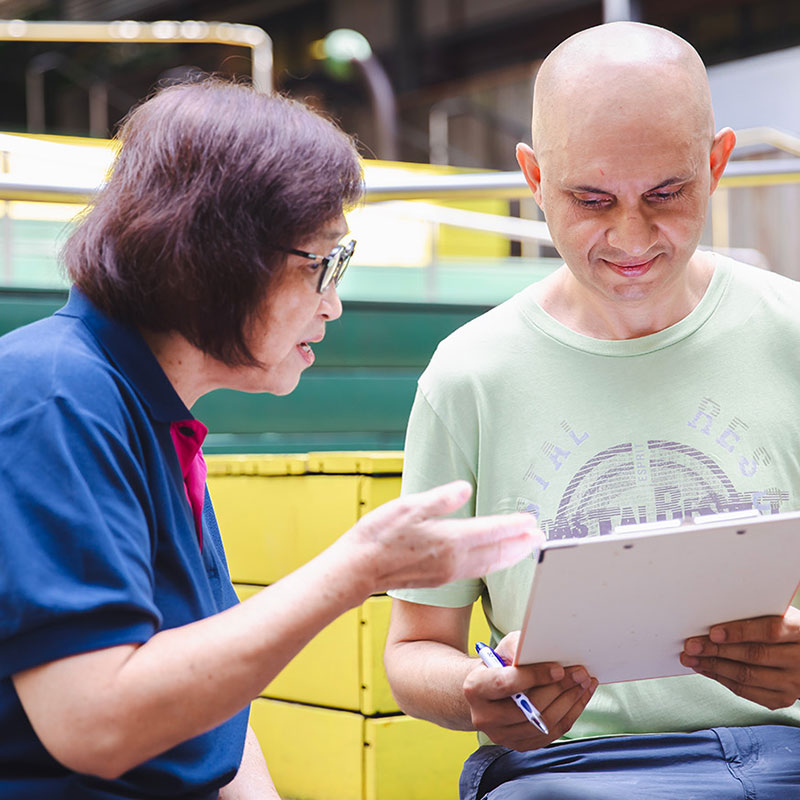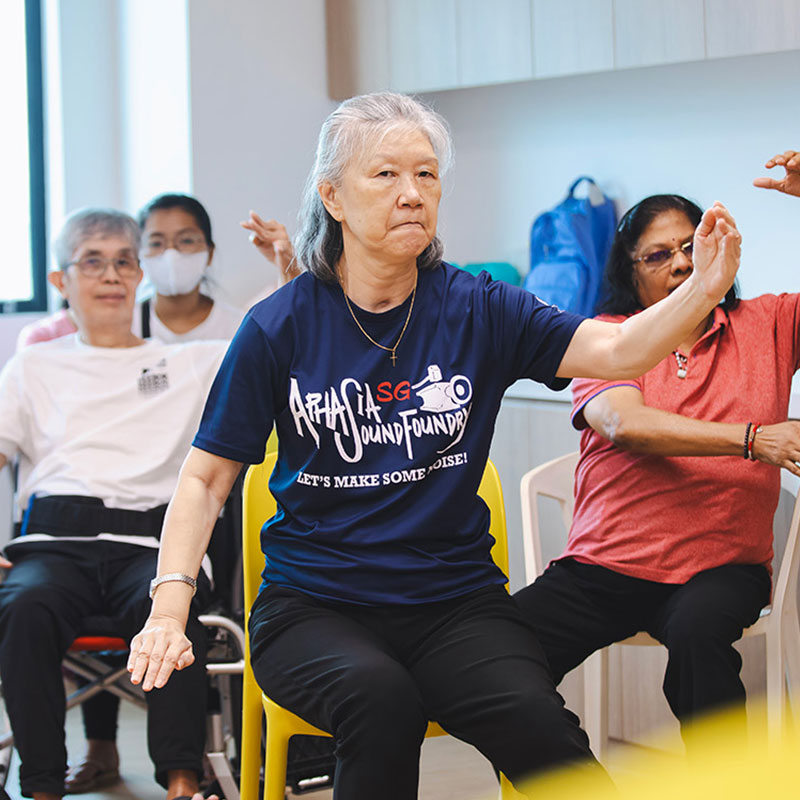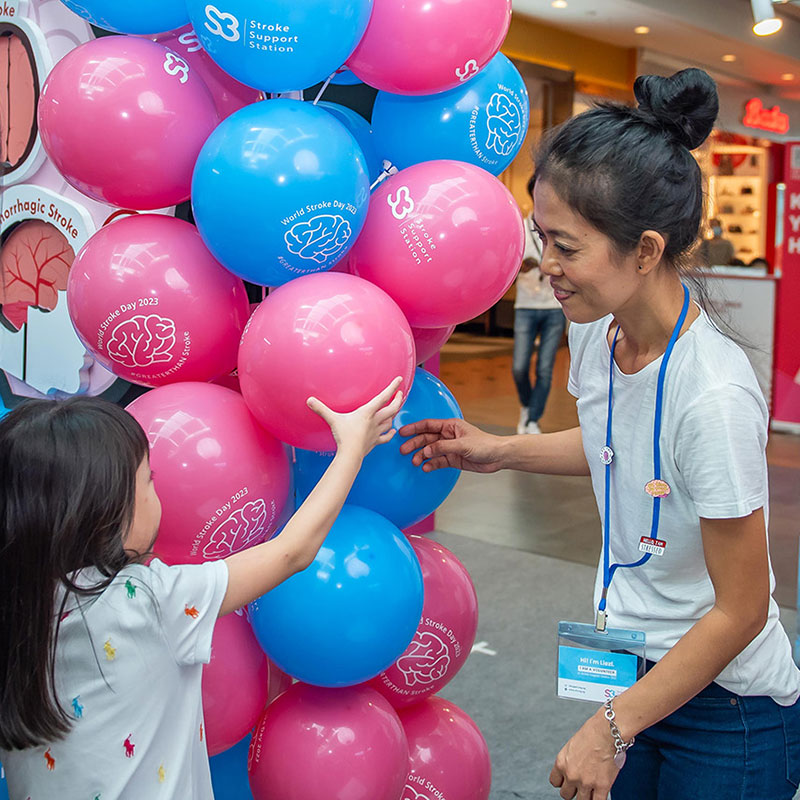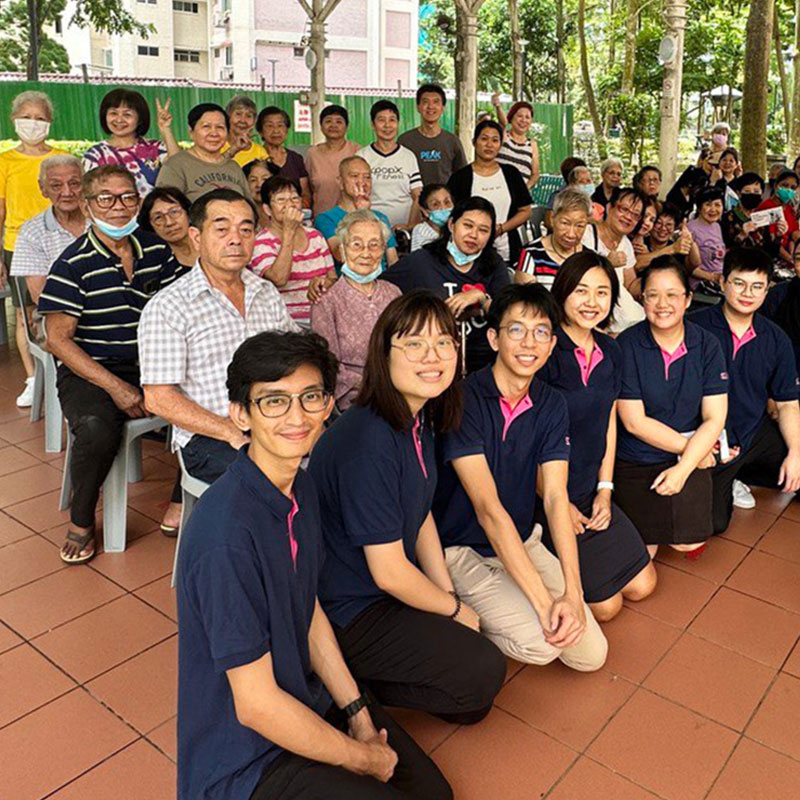Our Stories
Stroke Recovery: It Takes Effort
Suffering a stroke is daunting and the recovery process can seem demanding. Fortunately, with continuous rehabilitation, most people can recover to lead independent and meaningful lives. Here are 10 tips that will help you in your recovery.
Reduce your risk of a second stroke
The first incidence of stroke may be the result of a medical condition such as uncontrolled hypertension or uncontrolled diabetes. After a stroke, there is a possibility of suffering another stroke. Managing your health is key.
- Take prescribed medication for blood pressure, diabetes, or other conditions as directed
- Eat a healthy diet that is high in fibre, lean protein and low in fat, salt and processed foods
- Exercise regularly to maintain a healthy weight
Participate in a stroke recovery programme
In addition to your doctor, there are a number of other health professionals who will be able to work with you to design a recovery plan. Among them are:
- Physiotherapists
- Occupational therapists
- Speech-language therapists
- Neurologists
Get the most from your insurance
Depending on your insurance coverage, your required rehabilitation services may be covered. It is always wise to consult your insurance agent. If your speech is impaired or you’re feeling overwhelmed, enlist the help of a family or friend to take these actions on your behalf.
Join a Stroke Support Group
You are not alone in your journey to recovery as there are people out there in similar situations. With S3 as a support group, we are here to lend you a shoulder to lean on, help you learn more about post stroke management and motivate you to move forward to live a quality life.
Make your home safe
Your risk of falling increases after you have a stroke. Falls can result in severe bruising, bleeding and even fractures.
To help avoid a fall, make sure your home walkways and hallways that are clear of clutter, that your floors aren’t slippery, and rugs are secure and slip-proof. You may prefer to have grab bars installed in the shower or bathtub to make it easier for you to get in and out safely.
If you’re in a wheelchair, have someone clear furniture out of the way so you can get around more easily.
Get help around the house
It can be hard to depend on other people for your meals and shopping, especially if you are an independent individual.
Do let your friends and family members help you out until you can safely do more for yourself.
Make getting dressed easier
You may have trouble doing simple tasks like getting dressed and tying your shoes. There are simple solutions to overcome these challenges, such as buying shoes with Velcro or elastic laces.
Shirts that fasten in the front, Velcro or snaps may be easier than buttons, and pants with elastic waistbands rather than zippers will also help make it easier to dress yourself.
Beware of depression
Most stroke survivors will experience depression at some point and it can make your recovery and rehabilitation more difficult.
Watch for early symptoms, such as harmful changes in attitude or your ability to control your emotions. Ask your family and friends to help you monitor your moods and ask them to let you know if they see signs that you may be experiencing depression. If you or your loved ones suspect that you may be depressed, talk to your doctor or a therapist.
Adjust your treatment plan periodically
Stroke survivors typically see the biggest recovery gains in the first three to four months after a stroke. Pay close attention to your progress and see if your recovery plan needs to be adjusted. You may benefit from different therapies as your condition improves.
Stay active, but within your limits
Exercise will not only help you manage your weight, but it can also help you reduce stress, which is one of the major risk factors for a second stroke episode.
Do what you can, whether it’s a walk around the block or simple armchair exercises every day. Speak to your physiotherapist who can recommend exercises that are appropriate.
Downloads
